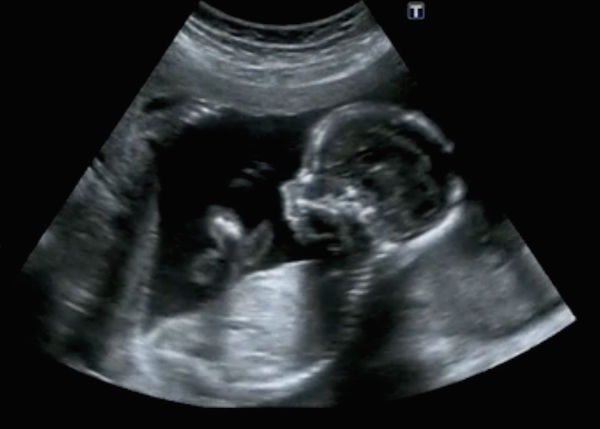
TUESDAY, May 4 (HealthDay News) — Between 2000 and 2008, the proportion of poor women in the United States having an abortion increased nearly 60 percent, from 27 percent to 42 percent, says a new study.
According to the report released May 4 by the nonprofit Guttmacher Institute, this trend likely reflects the following factors:
- The proportion of women in the overall U.S. population who are poor increased 25 percent between 2000 and 2008.
- Recession-related financial worries make more women want to delay having children or limit the number of children.
- Sliding fee scales and charitable financial help have made abortion more accessible for poor and low-income women.
“Gaps in unintended pregnancy and abortion between poor and more affluent women have been increasing since the mid-1990s, so, sadly, none of this comes as a surprise,” Sharon L. Camp, president and CEO of the Guttmacher Institute, said in a news release.
“Reproductive health disparities, and health disparities more generally, are endemic in this country and stem from broader, persistent economic and social inequities. We need to bridge these reproductive health gaps by ensuring that all women, regardless of their economic circumstances, have meaningful access to the full spectrum of information and services: both contraceptive services to reduce levels of unintended pregnancy, and abortion services.”
The Guttmacher Institute focuses on sexual and reproductive health research, policy analysis and public education. The study, based on an analysis of a nationally representative survey of women obtaining abortions in the United States, also found that in 2008: 58 percent of all abortion patients were in their 20s; 45 percent were never married and not living with a partner; 61 percent were already mothers; 42 percent were living below the federal poverty line; 36 percent were white; 59 percent had at least some college education; and 73 percent had some religious affiliation.
The researchers also found that women who were in their 20s, cohabiting (living together as a couple without being married), black or poor were overrepresented among abortion patients.
More information
The American Academy of Family Physicians has more about abortion.

